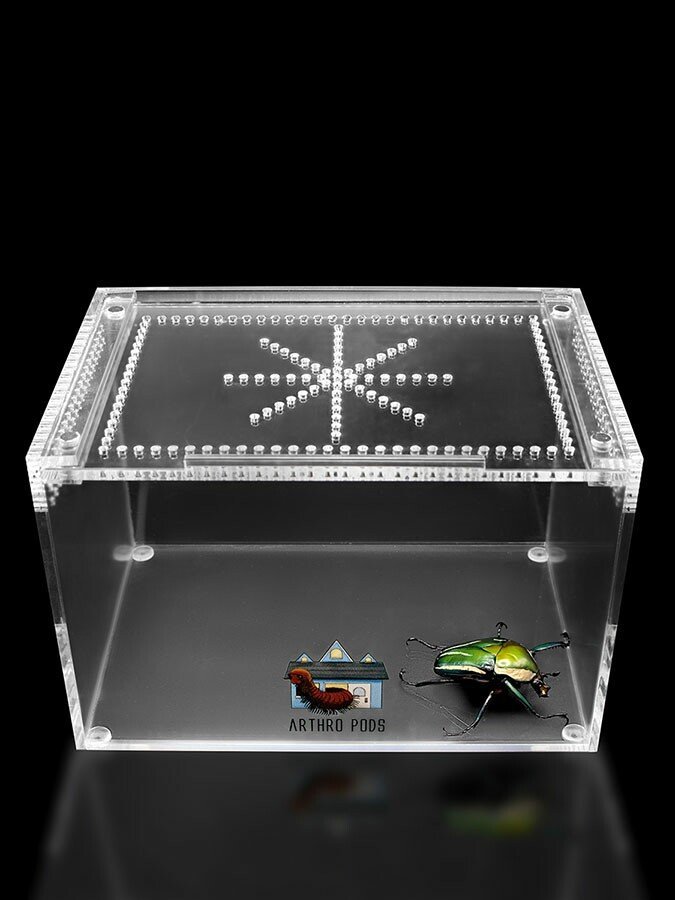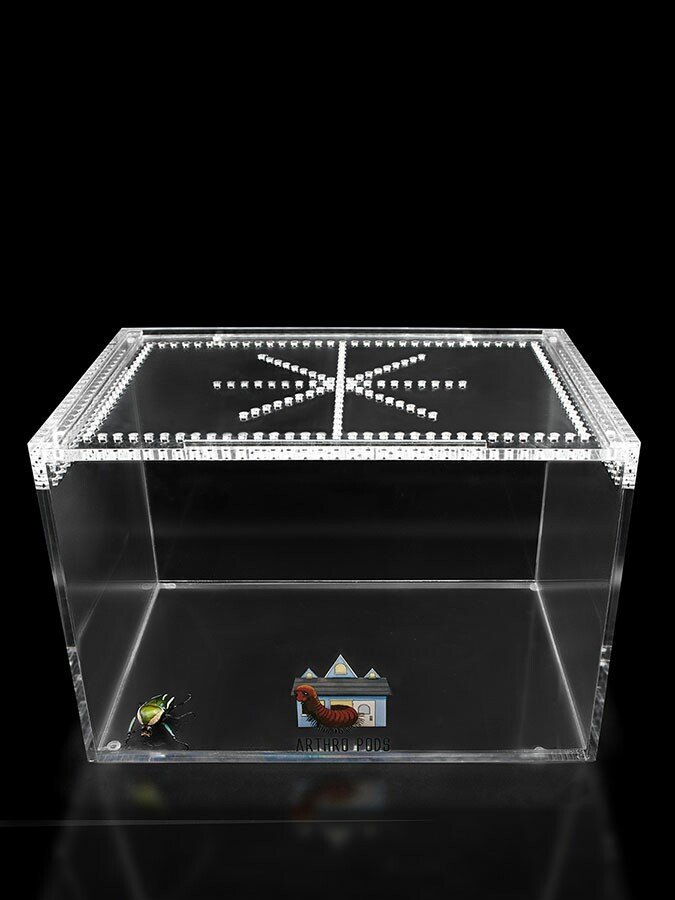Grammostola actaeon
In any family of a certain size, there will always be the bad boy, and the Brazilian Redrump Tarantula takes that role in strides among the Grammostola genus. Their beautiful reddish coloration is matched only by their slightly feisty demeanor. As far as we know, they never really "grow out of it" and become very similar demeanor to the Tlitocotl vagans (Mexican Redrump Tarantula). They are eager to eat and wander around their enclosure, making this a must-have species for anyone who wants an impressive-sized tarantula that showcases brilliant reddish hues.
In any family of a certain size, there will always be the bad boy, and the Brazilian Redrump Tarantula takes that role in strides among the Grammostola genus. Their beautiful reddish coloration is matched only by their slightly feisty demeanor. As far as we know, they never really "grow out of it" and become very similar demeanor to the Tlitocotl vagans (Mexican Redrump Tarantula). They are eager to eat and wander around their enclosure, making this a must-have species for anyone who wants an impressive-sized tarantula that showcases brilliant reddish hues.

In any family of a certain size, there will always be the bad boy, and the Brazilian Redrump Tarantula takes that role in strides among the Grammostola genus. Their beautiful reddish coloration is matched only by their slightly feisty demeanor. As far as we know, they never really "grow out of it" and become very similar demeanor to the Tlitocotl vagans (Mexican Redrump Tarantula). They are eager to eat and wander around their enclosure, making this a must-have species for anyone who wants an impressive-sized tarantula that showcases brilliant reddish hues.
What’s the ideal diet for a Brazilian Redrump Tarantula?
All Tarantulas can eat a variety of feeders. Stick to crickets, dubia roaches, silkworms, horned worms occasionally, and a superworm or mealworm as the occasional treat!
How should I keep a Brazilian Redrump Tarantula?
For this particular creature, you can start with a small Terrestrial Terrain enclosure if under a ¼” - 1.2” spiderling (sling), and when they get to be about 1” in size, you will want to upgrade to the medium or large Terrestrial Terrain enclosure. Feed them as slings once a week, twice if their opisthosoma (abdomen) looks small, but if the opisthosoma is wider than their prosoma (pneumothorax), then wait a couple of days to feed. For juveniles or adults, stick to feeding once a week, nothing larger than their opisthosoma. Make sure to keep a full water dish at all times; wider and deeper is fine. Your tarantula can’t drown; they float on water.
How long could a Brazilian Redrump Tarantula live?
Of all Tarantulas from the Grammostola genus we’ve researched, on average, females would live between 15-20+, with some believing them to live even longer now with studies currently being conducted and males living between 5-8 years. All estimates are based on multiple sources.
Photo courtesy of iNaturalist (© wagnerlara, all rights reserved)




















